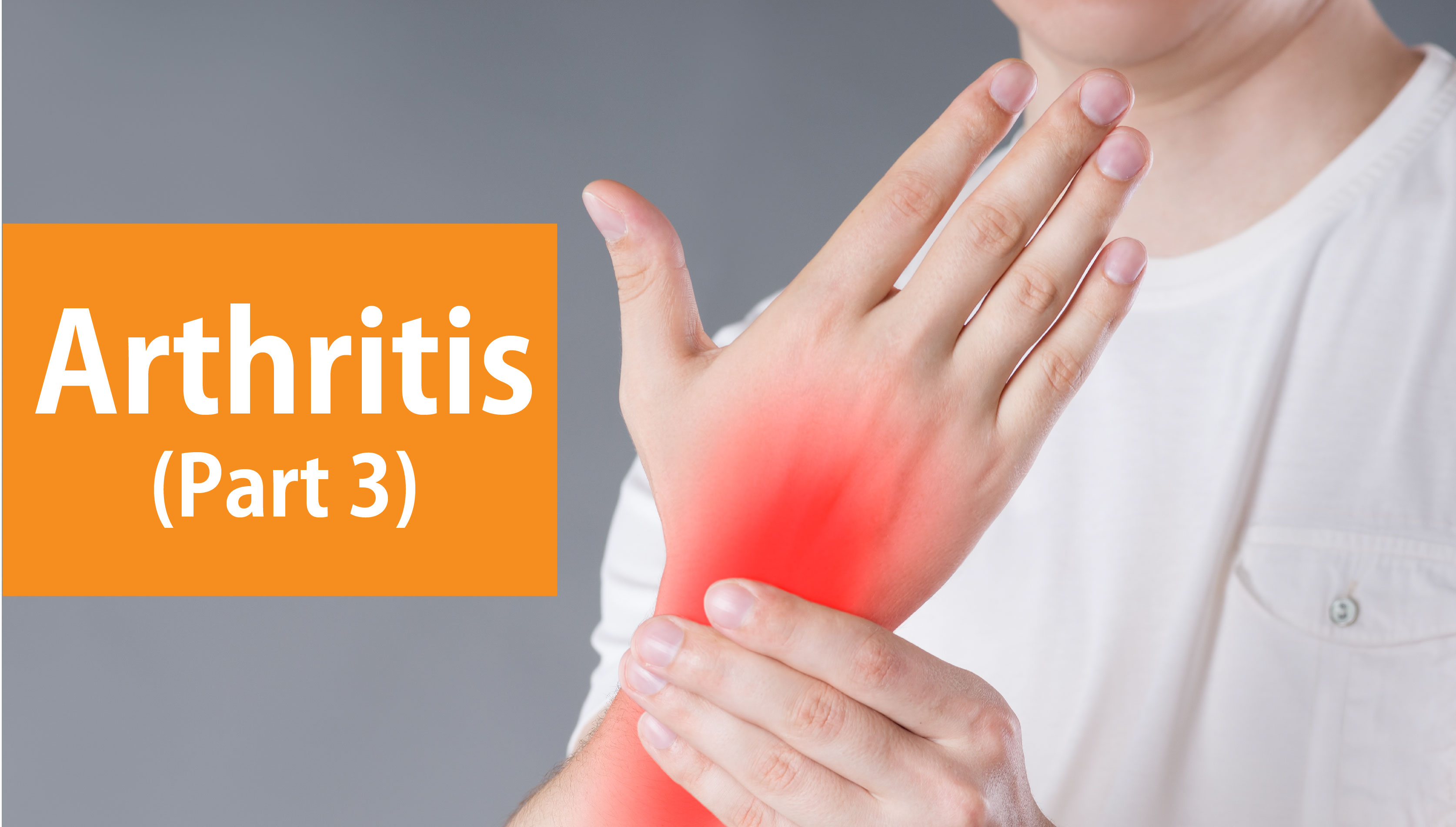10 December 2024
Arthritis is a common chronic disease, and osteoarthritis and rheumatoid arthritis are the primary types of arthritis. In the previous article, we introduced the fundamentals of osteoarthritis. Today, we are going to share with you what rheumatoid arthritis is and how nutrition can help in preventing and protecting joint health!
What is Rheumatoid Arthritis?

Rheumatoid arthritis, also known as inflammatory arthritis, is an autoimmune disease. Unlike the “rheumatism” commonly mentioned by the elderly, which is generally referred to as degenerative arthritis, rheumatoid arthritis occurs when the immune system mistakenly attacks healthy cells in the body. This condition causes not only swelling and pain in the joints but can also lead to joint deformities in severe cases. While it is more common in middle-aged individuals, rheumatoid arthritis can develop at any age and is not limited to older adults. Typically, it affects small joints in the hands and feet, as well as other areas such as the blood vessels, eyes, mouth, heart, lungs, skin, and so on. Unlike osteoarthritis, the pain from rheumatoid arthritis tends to be more noticeable at rest and may ease with gentle movement.
Is Joint Pain Related to Rainy Weather?

Many people notice that their joint pain worsens on rainy days, and some even claim that they can predict the weather based on their discomfort. This phenomenon may be related to changes in air pressure. When air pressure drops, the tissues around the joints can swell, putting pressure on the joints and causing pain. Although this remains a theory, and scientists have yet to determine the exact cause, joint pain during rainy weather could be an early signal of arthritis, such as gout, rheumatoid arthritis, or osteoarthritis. It is recommended to consult a doctor if your joints hurt in rainy weather.
Nutrition for Strong Bones and Healthy Joints
Maintaining joint health is closely linked to bone strength, and nutrition plays a crucial role in achieving this. Here are some key nutrients that are particularly beneficial:
1. Calcium

Essential for bone health, but the body cannot produce it on its own and must obtain it through food. Good sources of calcium include cheese, milk, nuts, leafy greens, tofu, and soybeans.
2. Vitamin D:

Helps with calcium absorption and strengthens bones. While sunlight is a natural source of vitamin D, it can also be found in foods such as salmon, eggs, mushrooms, and milk.
3. Omega-3 Fatty Acids:

Known for their strong anti-inflammatory properties, omega-3 fatty acids can help relieve joint pain. Common sources to obtain omega-3 can include mackerel, salmon, sardines, flaxseeds, walnuts, and chia seeds.
4. Polyphenols:

Polyphenols are antioxidants that help reduce joint inflammation, improve bone density, and lower the risk of fractures. Foods rich in polyphenols include berries, apples, cherries, lemons, green tea, ginger tea, chocolate, and more.







